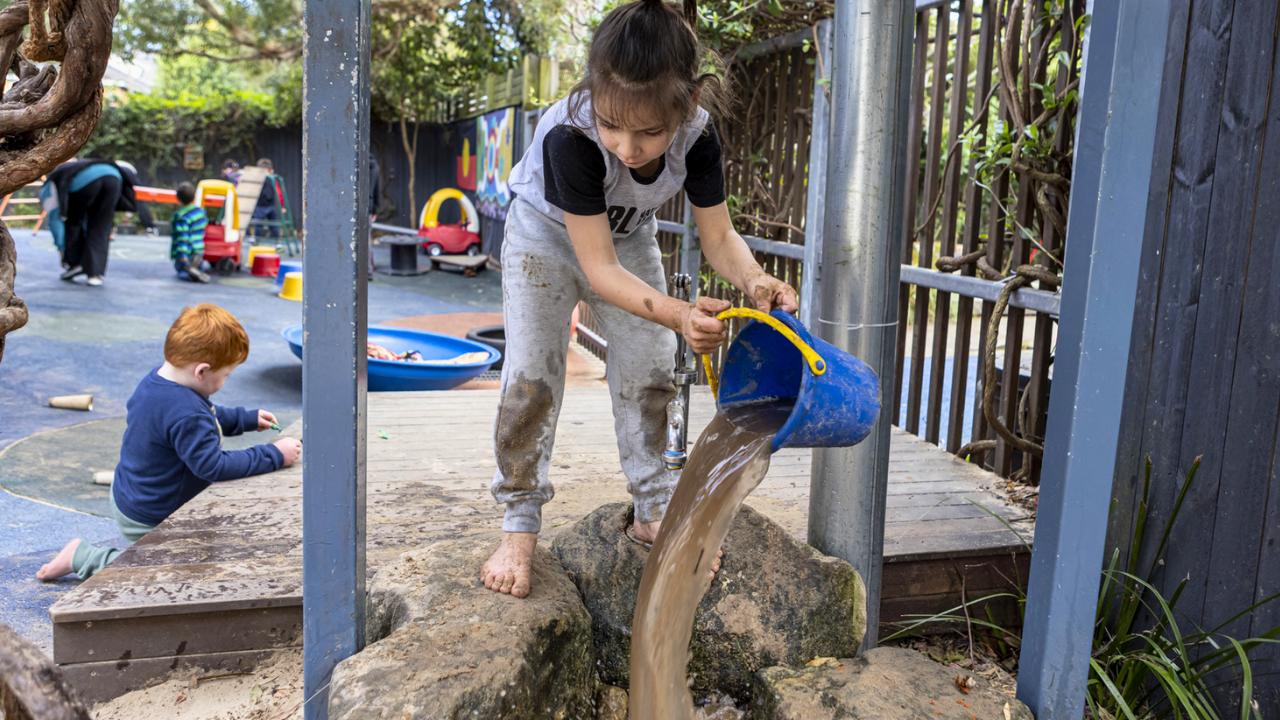Tips for Using Objects to Teach Moral Values
Nurturing a child’s spiritual development is a sacred responsibility, yet conveying profound religious truths can be an immense challenge.
How can abstract concepts like the Holy Trinity be accessible and relatable to young minds? The answer lies in the transformative power of object lessons.
These innovative teaching methods harness the power of common household items to breathe life into biblical narratives and principles.
Object lessons tap into children’s natural curiosity and diverse learning styles by engaging multiple senses through interactive, hands-on activities.
Suddenly, complex ideas find solid representation as kids can see, touch, and experientially connect with the lessons. This comprehensive guide opens up how to craft truly impactful object lessons that resonate deeply.
Unlock the secrets to creating immersive spiritual journeys that inspire understanding and prepare lifelong faith.
Core Principles of Object Lessons

Object lessons use everyday items to illustrate spiritual truths, moral values, and abstract ideas in a concrete, solid way that resonates with children.
These interactive, hands-on lessons engage multiple senses to make biblical stories and principles come alive and be more understandable and memorable.
Object lessons tap into children’s natural curiosity by turning simple objects into representations of profound lessons.
1. Significance of Object Lessons in Spiritual and Moral Education
Using physical objects makes indefinable spiritual and ethical concepts accessible to children’s concrete way of thinking.
Piaget’s theory of cognitive development emphasizes that children learn best through active, hands-on experiences.
Object lessons allow children to experience truths in a relatable way rather than just reading or hearing about them.
This cultivates deeper comprehension and personal connectivity to the lessons.
2. Psychological Basis for Using Object Lessons
As published in the American Montessori Society in the Spring of 2017, Child psychologists like Maria Montessori advocated for multi-sensory learning activities, which object lessons provide.
Engaging sight, touch, and interaction creates more neural pathways that solidify learning.
The hands-on nature matches children’s innate desire to explore the world around them.
As developmentalists suggest, moving from concrete to abstract learning aligns with how young minds best acquire knowledge.
Examples of Effective Object Lessons
This section will provide specific illustrations and case studies of object lessons that have proven successful in teaching spiritual and moral concepts to children.
By examining real-world examples, readers can gain insights into how to design and execute impactful, memorable object lessons that foster deeper learning and personal growth.
1. Trust and Faith
In this powerful exercise, students allow themselves to fall backward, relying on their classmates to catch them. It clearly illustrates the principle of placing trust in others and God.
In this activity, one person carefully falls backward while their teammates catch them. This exercise shows the importance of having complete trust, similar to the trust we need as believers.
This age-appropriate variation removes the falling element for little ones. The child is blindfolded and asked to sit down, assured that a chair is behind them.
Though they cannot see it, the trust required reinforces faith in the unseen—just as we trust in God’s presence—the surprise and relief when they safely land enhance the lesson.
2. Understanding God’s Presence and Protection
Paper Fan

An easily crafted paper fan provides a wonderful hands-on way to discuss God’s invisible yet powerful presence. As students wave the fans, they can feel the wind’s force despite not seeing its source—much like God’s spiritual guidance.
This leads naturally to examples of how to attune themselves to God’s ever-present voice.
Float or Sink

Dropping a peeled orange in water causes it to sink while the unpeeled orange floats. This striking visual aid teaches how faith allows us to stay buoyed by God’s protection through life’s difficulties.
The peel represents divine covering and armor, without which we are prone to “sinking” under pressures and temptations.
3. Teaching Self-Control and Emotional Management
Few lessons are as memorable as this explosive experiment! Warm water mixed with food coloring and a drop of soap calmly awaits the addition of baking soda.
When vinegar (representing a “lack of self-control”) joins, the rising volcano dramatically models how suppressed emotions can rapidly boil over if not properly managed.
White celery stalks gradually take on vivid colors when placed in tinted water. This visual powerfully demonstrates how we can be influenced by our surroundings over time, for good or ill.
Children realize the importance of immersing themselves in positive personal and spiritual growth influences.
Explaining Hard Spiritual Concepts to Kids
Some spiritual truths seem way too complex for little minds to fully understand. Two concepts that benefit from creative teaching approaches are the Holy Trinity and sin/forgiveness.
1. The Mystery of the Trinity
One of Christianity’s core beliefs is that God exists as three distinct Persons—the Father, Son, and Holy Spirit—yet is still one God.
This “three-in-one” doctrine can be very confusing for children to understand. How can one God be three separate beings? It’s a deep mystery that even many grown-ups struggle to comprehend fully.
For kids, picturing God as a single entity that’s also three different people is like an impossible brainteaser. It defies the basic logic and counting skills they’re just starting to develop.
Yet this foundational truth about God’s nature is essential for creating a proper understanding of who God is from an early age. Using simple, relatable examples becomes key to helping kids begin to grasp this profound concept.
2. Our Need for God’s Forgiveness
Throughout the Bible, we learn that people aren’t perfect and do things against God’s teachings – also known as sin.
Kids must understand that we all make mistakes sometimes and do wrong things, but God lovingly offers forgiveness when we apologize and try our best not to repeat those poor choices. Even little ones can relate to this concept of messing up, feeling sorry about it, and asking for forgiveness.
No matter how “good” they think they are, all kids sometimes break the rules, disobey instructions, tell lies, or hurt others’ feelings.
When they do, they need loving discipline and guidance to see why their actions were wrong. But they also need to know they can be forgiven and shown how to make amends.
This builds the foundation for understanding humanity’s separation from God through sin and God’s loving offer of complete pardon through Jesus’ sacrifice.
Using Objects to Make It Clear
A solid grasp of these foundational concepts – the Trinity and sin/forgiveness – is important for building children’s faith and helping them tell right from wrong.
But how do you explain such abstract ideas to little ones? Object lessons help make them concrete and relatable.
The Apple Trinity
Have a child closely examine a red apple, noticing its three distinct parts—the skin, the white fleshy part, and the core with seeds. Though different, these parts form one complete, whole apple.
Explain how, similarly, God the Father, the Son Jesus, and the Holy Spirit are three distinct Persons, yet they are united and can’t be divided as the one true God.
Kids can see with their own eyes how the three unified apple parts mirror the three-in-one theology. Using a recognizable object makes this challenging spiritual truth easier to visualize and understand.
Interactive and Fun Lessons for Moral Values
While imparting spiritual wisdom is undoubtedly profound work, learning should also be an enjoyable, immersive experience for children.
Interactive, hands-on lessons that incorporate play elements foster an environment of engagement and delight. This atmosphere is crucial for inspiring young minds and leaving a lasting impact.
Benefits of Learning through Play
Education experts champion the value of play-based learning activities. When children have fun, their minds are more receptive, and their enthusiasm increases.
Play awakens their natural curiosities and provides mental stimulation. Coupling this with tangible, physical actions creates a multi-sensory experience that reinforces the retention of complex spiritual concepts and moral lessons.
Explosive Egg
A few lessons on managing anger are as memorable as this one! Children witness the mess when an egg heated in the microwave suddenly bursts from built-up pressure, unable to contain itself.
This violent eruption represents how anger and resentment can boil over if not properly expressed and diffused through self-control.
Walking on Eggshells
This creative lesson teaches about living faithfully with a surprising visual of God’s strength. Children carefully try to walk over unbroken eggshells without cracking them, a difficult task that shows how fragile and tempting situations can be around us.
Those who step out in faith find the eggs surprisingly sturdy, bearing them up through the trial just as God provides support.
Surgery for Oranges is an outrageously fun yet meaningful way to learn about vulnerability and protection.
Passing out whole oranges, children carefully “operate” by removing the peel segment by segment while examining how the fruit is left bare and exposed without its outer covering.
This illustrates how God’s spiritual armor shields believers who rely on divine covering rather than separating themselves from the Lord’s protection.
Implementation Strategies
Effective implementation of object lessons is key to maximizing their educational impact. Careful planning and strategic execution ensure these hands-on activities resonate with students and achieve the desired learning outcomes.
The right approach amplifies engagement, comprehension, and long-term retention of the spiritual and moral concepts taught.
1. Guidelines for Selecting the Right Objects
Choose objects directly relevant to the lesson theme that children can easily understand and relate to.
Common household items often work best as relatable symbols. The object should clearly illustrate the core truth being conveyed.
Prioritize age-appropriate safety with no small parts, sharp edges, or hazardous materials, especially for younger groups. Conduct a thorough check of all materials before presenting.
Select captivating, high-interest objects that will initially pique kids’ innate curiosity. Vibrant colors, unique textures, and hands-on elements boost engagement.
2. Tips for Engaging Different Age Groups
When creating lessons, consider the children’s age. Younger children need easier examples and simpler activities, while older children can handle more complex ideas.
Design multi-sensory experiences that allow children to interact—assemble, touch, and manipulate objects physically. Interactive play increases immersion and knowledge retention.
The same core object can often be adapted across age ranges. For younger groups, focus exploration on concrete properties, while older students analyze symbolism and applications.
Final Thoughts
Object lessons bridge the abstract with tangible experiences, resonating deeply with young minds. These innovative activities transcend instruction, creating multi-sensory journeys that foster unshakable faith and inspire principles like compassion, shaping ethical and spiritual foundations.
Effective implementation demands thoughtful planning and commitment to age-appropriate and interactive engagement.
Following these guidelines helps teachers create powerful learning moments that ignite curiosity and encourage deep thinking, assisting children to form strong bonds with their faith.
Ultimately, object lessons nurture souls, igniting lifelong love for spiritual growth. From illustrating the Trinity to cultivating emotional intelligence, these tangible activities provide profound personal development pathways.
When executed thoughtfully, object lessons stand as powerful vehicles for spiritual education.







